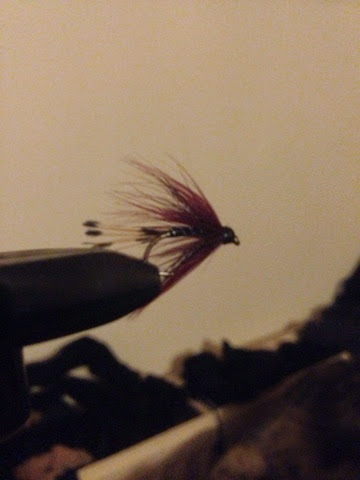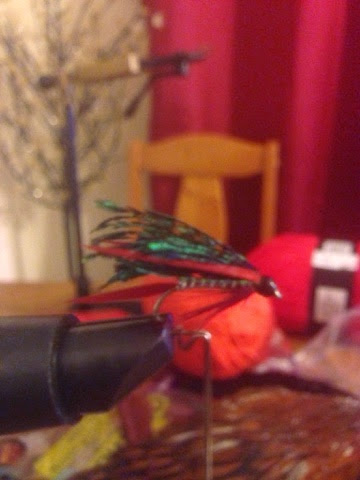This topic means a lot to how well we perform in the outdoors, how well we cope with stress and fundamentally whether or not our body gives out to the elements.
We all hear the old,1.5 hours of exercise a day, and the healthy balanced diet equations we get told by medical professionals and dietary experts all the time. How relevant is it to us as outdoorsy types....... The answers is more important to us than anyone else realy. We depend on being fit and healthy.
Ok so it has been said by Napoleon, that an army marches in it's stomach. He had a very good point, we need energy and plenty if it. What outdoors people deal with is harsh weather, strenuous tasks and often having a suppressed diet as we only can carry what will fit. This means what we put in to feed our bodies is critical to how well we perform. I personally like to take a good multi vit supliment, this is to subsidise the quality of the food and the nutrients I will burn up.
There have been recorded cases though of starvation, not because people haven't eaten, quite the opposite, they were eating all the wrong stuff. The Hudsons bay company recorded countless deaths due to rabbit fever or as it's sometimes called mal de caribou. This disease is a form of protein poisoning and costs vital nutrients, thus killing you from malnutrition and dehydration. Lean meats lack nutrients, not an over night thing but over weeks this can be fatal. So eating a balanced diet will help, fact is you will stave off the problem far longer.
On the topic of exercise, I am fit, not marathon runner fit but fit enough to hike 30miles in a day with 45lb of gear. I have to say that in the last couple of years I've stepped up my fitness regime. When your not in the wilderness it's vital you stay in top shape as it will help you in the long run. It's pretty easy to condition yourself though. You need to look at what will help you.
Firstly is Cardio work, your stamina is so important as this is what keeps you going. I like to make sure I've done 1.5 hours of this per day. Now I'm not talking blast training but enough so I feel a bit tired an out of breath. Over time you will be able to go far longer and take far less time to recover. Also your circulatory system will do a fine job at keeping you warm which is an added bonus.
The next thing I like to work on is strength. Believe it or not the best weight in the world is gravity, stuff the gym membership. Your own body weight is all you need. I like to do the usual press ups, chins, and plenty of core work. It is free too so there is no excuse. Also try carrying a weighted pack. This will tone up the muscles and condition them to load bearing.
I've also recently taken up yoga. Stop sniggering at the back, seriously it's been very beneficial to me. I've sustained a fair few serious injuries, thanks contact sport, and I get problems with my joints because of this. Yoga has allowed me to stop taking pain killers and to be infinitely more flexible. I've also noticed I'm a lot more relaxed aswell. Great thing is nature is the best place to do it as the setting is relaxing. Imagine the sound of a river and the birds, now think how relaxing that is.
Now it doesn't take a rocket scientist to figure how all this will help you, but try and spend 2 months doing this. Your body will thank you and you'll notice the difference. Keep it up permanently and you will be by far and away a much happier person who continuously will out perform yourself in the bush.

